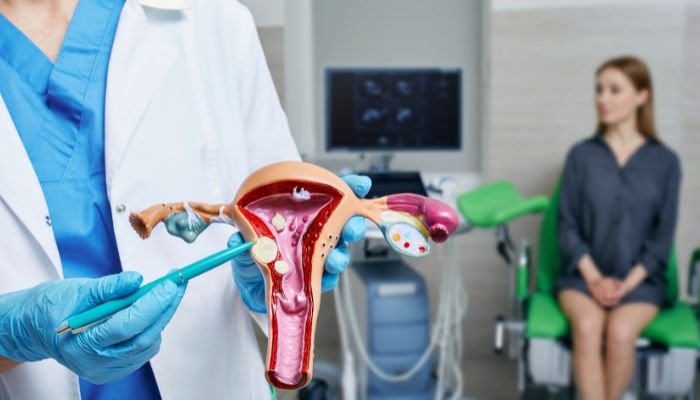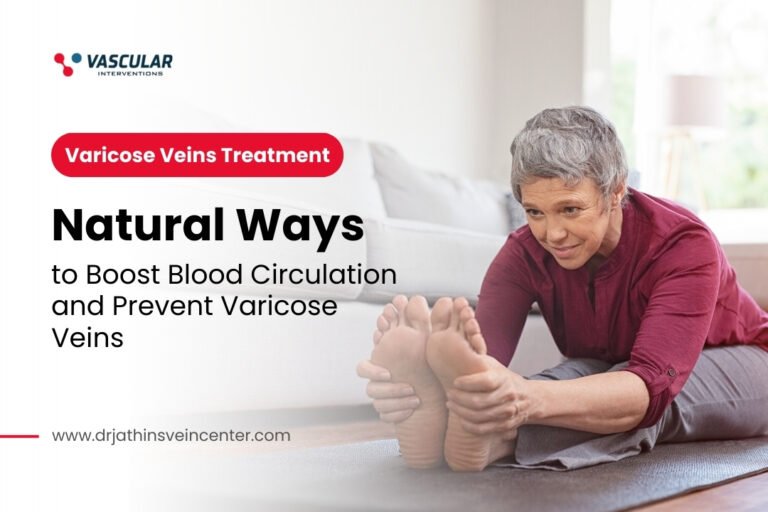Uterine fibroids, also known as myomas, are noncancerous growths that appear in the uterus. They are common among women of reproductive age and can cause various symptoms, including heavy menstrual bleeding, pelvic pain, and discomfort during sex.
Although there are various treatment options for uterine fibroids, such as surgery and hormone therapy, a more popular and effective method is uterine fibroid embolization (UFE). UFE is a minimally invasive procedure that involves blocking the blood vessels that supply the fibroids with blood, causing them to shrink and die off.
There are numerous benefits of choosing UFE for fibroid treatment. Unlike traditional surgical options, UFE does not require a lengthy hospital stay or extensive recovery period. The procedure takes only about an hour, and most patients can return to their daily activities within a week. Also, UFE is relatively low-risk, with a low rate of complications, as it does not require general anesthesia or invasive procedures, making it a safe and effective method for treating uterine fibroids.
1. Minimally-invasive procedure
One of the most important benefits of Uterine Fibroid Embolization (UFE) is that it is a minimally invasive procedure. During UFE, a small catheter is inserted into the blood vessels that supply blood to the uterine fibroids. Then, small particles are injected to block the blood supply to the fibroids, causing them to shrink and eventually die.
Compared to other fibroid treatment options such as hysterectomy, which is a major surgery that involves removing the uterus, UFE only requires a small incision and has a much shorter recovery time. This means that patients can return to their normal activities much sooner, without having to suffer from prolonged pain and disruption to their daily lives.
Additionally, the risks of complications or infections associated with major surgery are significantly reduced with UFE, making it a safer and more effective choice for fibroid treatment.
2. Significantly less recovery time
Uterine Fibroid Embolization (UFE) is a minimally invasive fibroid treatment that has gained popularity in recent years due to its numerous benefits. One of the main advantages of UFE is its significantly less recovery time compared to traditional surgical methods. Unlike open surgery, UFE is performed through a small incision that requires no stitches and leads to less scarring. Patients typically experience less pain and have a shorter hospital stay.
Within a few days, patients are able to resume most of their normal activities, and full recovery occurs in just a few weeks. This is in contrast to traditional surgeries, which may require several weeks or even months of recovery time, leading to possible complications and a prolonged interruption of daily activities. Choosing UFE as a fibroid treatment can therefore result in a quicker return to work, hobbies, and overall quality of life.
3. Lower risk of complications
One of the most significant benefits of choosing uterine fibroid embolization (UFE) for the treatment of uterine fibroids is the lower risk of complications. Compared to more invasive surgical procedures such as myomectomy or hysterectomy, UFE is minimally invasive and is performed on an outpatient basis, which significantly lowers the chances of complications.
In contrast to surgical procedures, UFE does not require a large incision or general anesthesia, which can both increase the likelihood of risk factors such as blood loss, infection, and scarring. Additionally, UFE offers a quicker recovery time, with patients typically resuming their normal activities within five to seven days, as opposed to several weeks or even months with surgical options. Ultimately, choosing UFE for fibroid treatment can result in a safer and less disruptive experience for patients.
4. Effective in treating multiple fibroids
Uterine Fibroid Embolization (UFE) has proven to be highly effective in treating women with multiple fibroids. The procedure is minimally invasive and involves the injection of tiny particles into the uterine artery, which then block the blood supply to the fibroids.
Studies have shown that UFE can result in significant improvement in fibroid-related symptoms, such as heavy menstrual bleeding, pelvic pain and pressure, and urinary dysfunction. Additionally, UFE has been found to preserve fertility in some women, as it does not involve the removal of the uterus or ovaries. This makes it an attractive option for women who wish to maintain their reproductive capabilities while addressing their fibroid symptoms.
Overall, UFE has demonstrated its efficacy in managing multiple fibroids, offering patients an effective and long-lasting solution to their condition.
5. Preserves the uterus and fertility potential
Uterine fibroids are benign growths that develop in the uterus, and their impact on a woman’s health and fertility potential can be significant. One of the benefits of choosing uterine fibroid embolization (UFE) for fibroid treatment is that it preserves the uterus and fertility potential. Unlike surgical options like hysterectomy, UFE does not involve removing the uterus, and allows women to maintain their fertility.
UFE is a minimally invasive treatment that targets the blood supply to the fibroids, causing them to shrink and eventually die off. By preserving the uterus and fertility potential, women who choose UFE can continue to have children, if they so choose, without the risk of complications associated with surgery. This makes UFE an appealing option for women who want to treat their fibroids without sacrificing their fertility.
Conclusion Uterine Fibroid Embolization (UFE) provides a minimally invasive treatment option for women who are suffering from fibroids. This procedure has proven to be an effective and safe alternative to surgery, with a much shorter recovery time and fewer complications. With its many benefits, UFE is increasingly becoming the preferred choice of fibroid treatment for women around the world. If you are struggling with fibroids, it is important to discuss all of your options with your healthcare provider to determine the best treatment plan for you.





